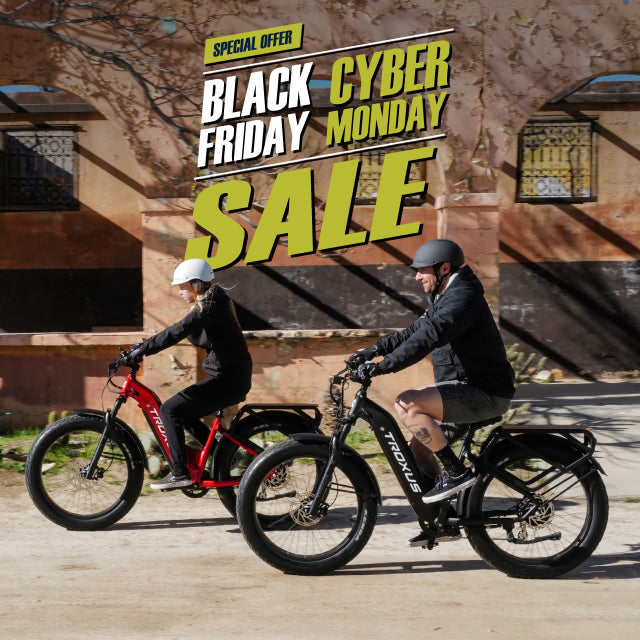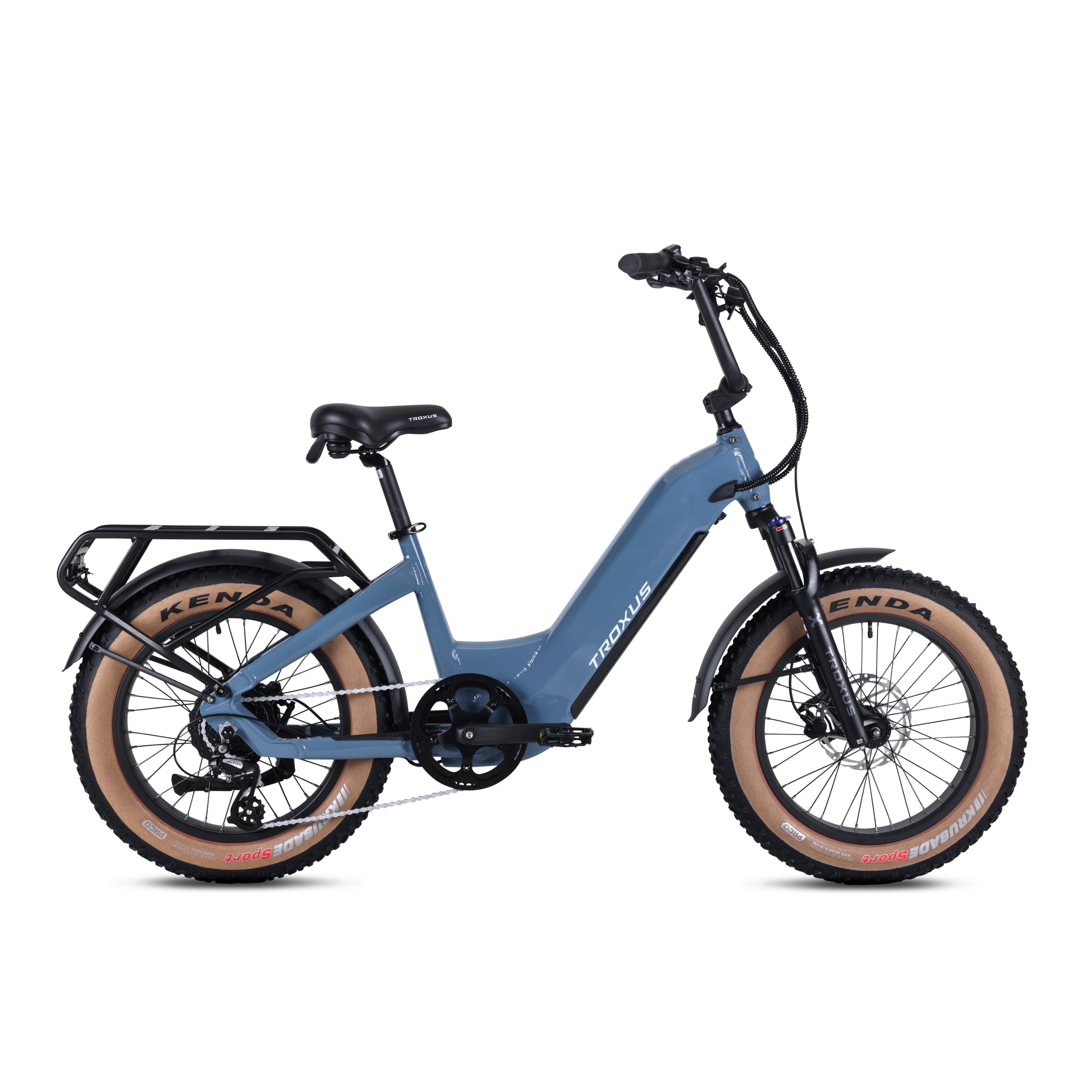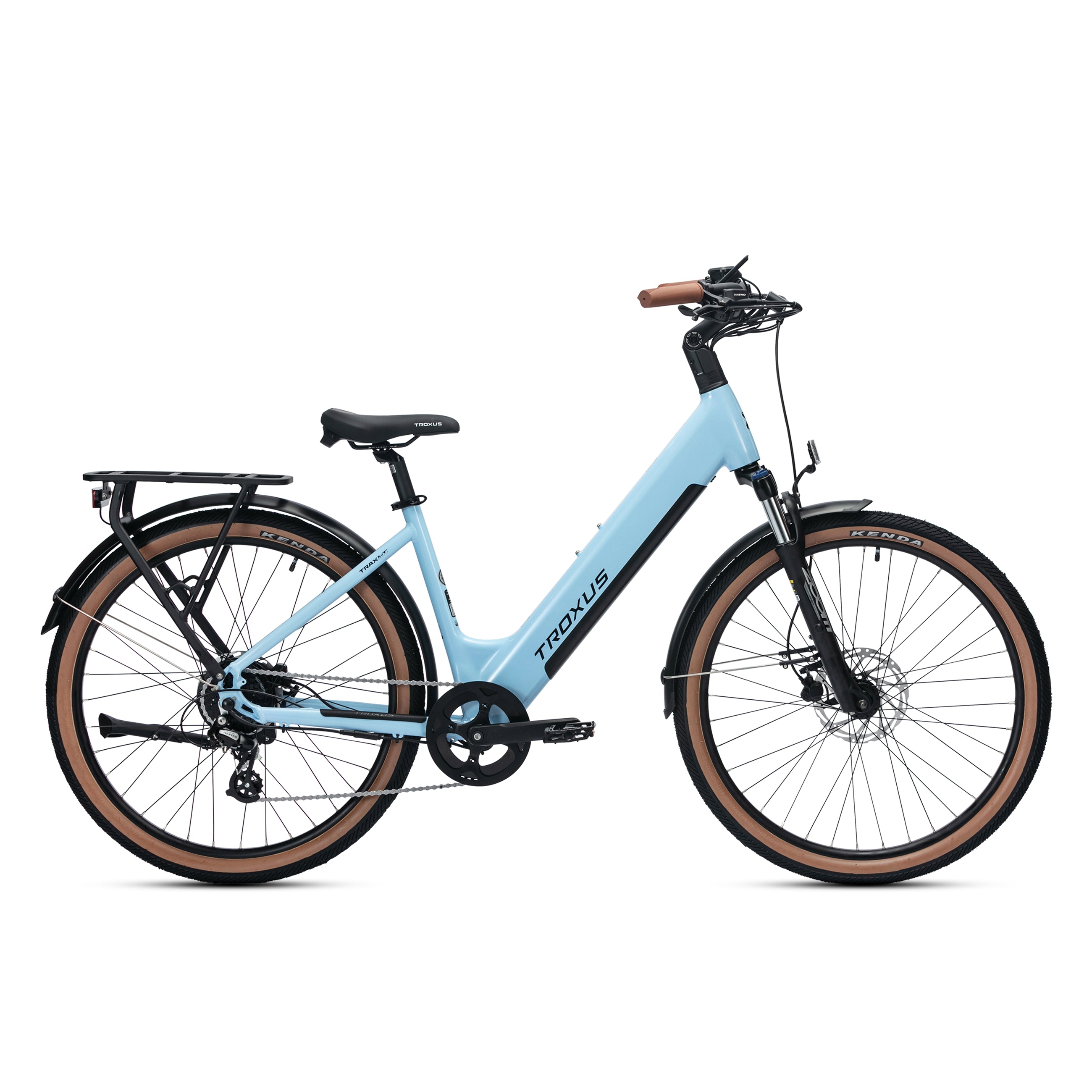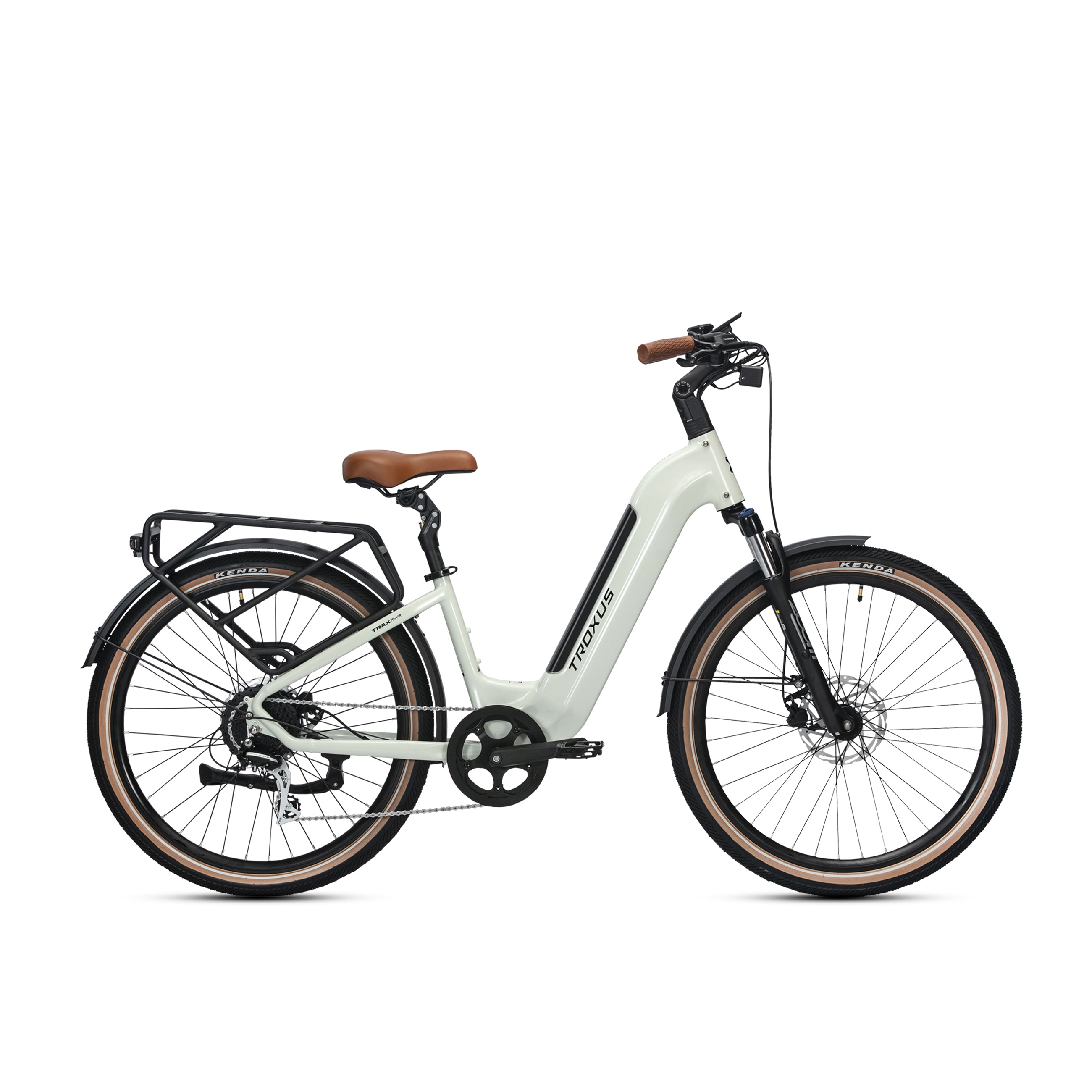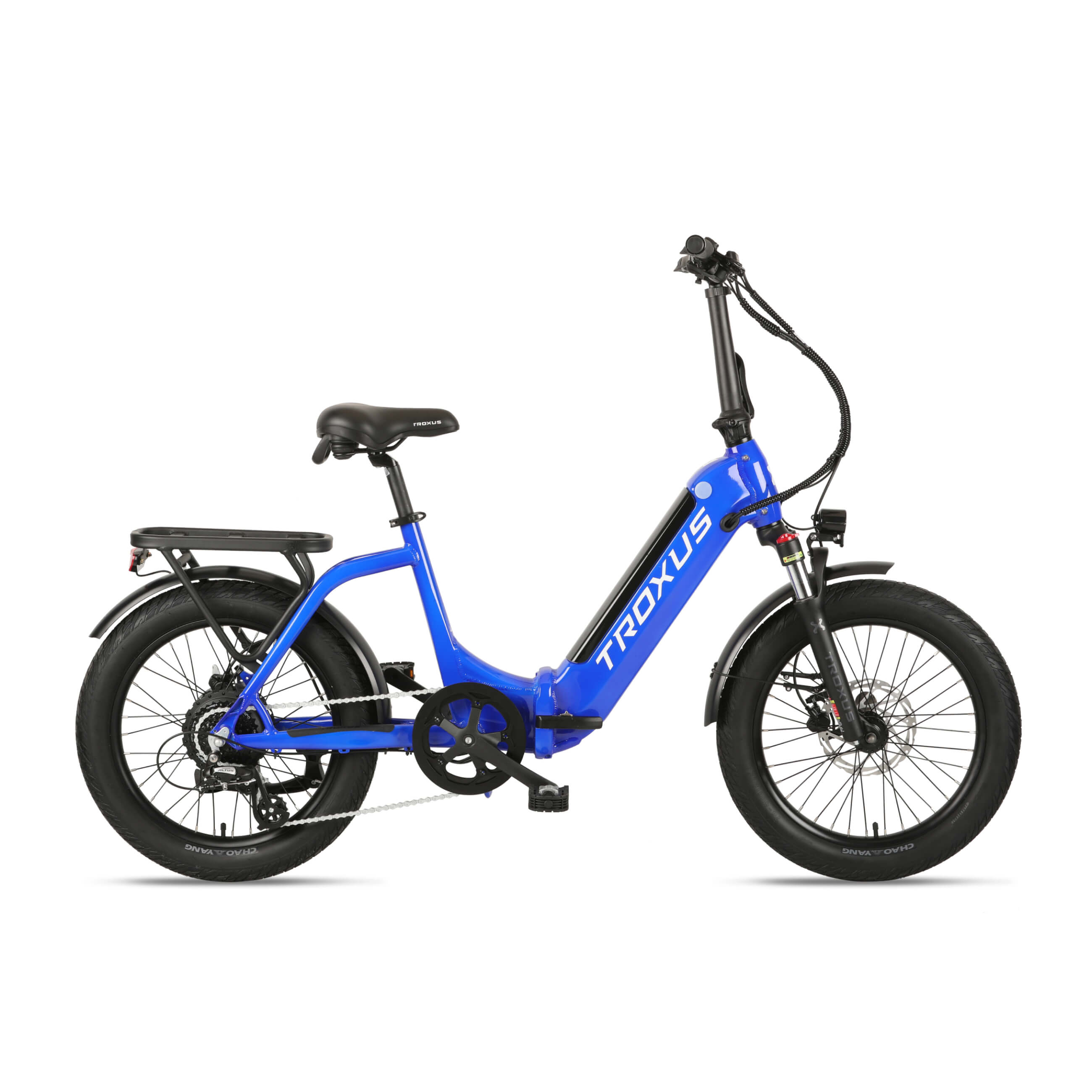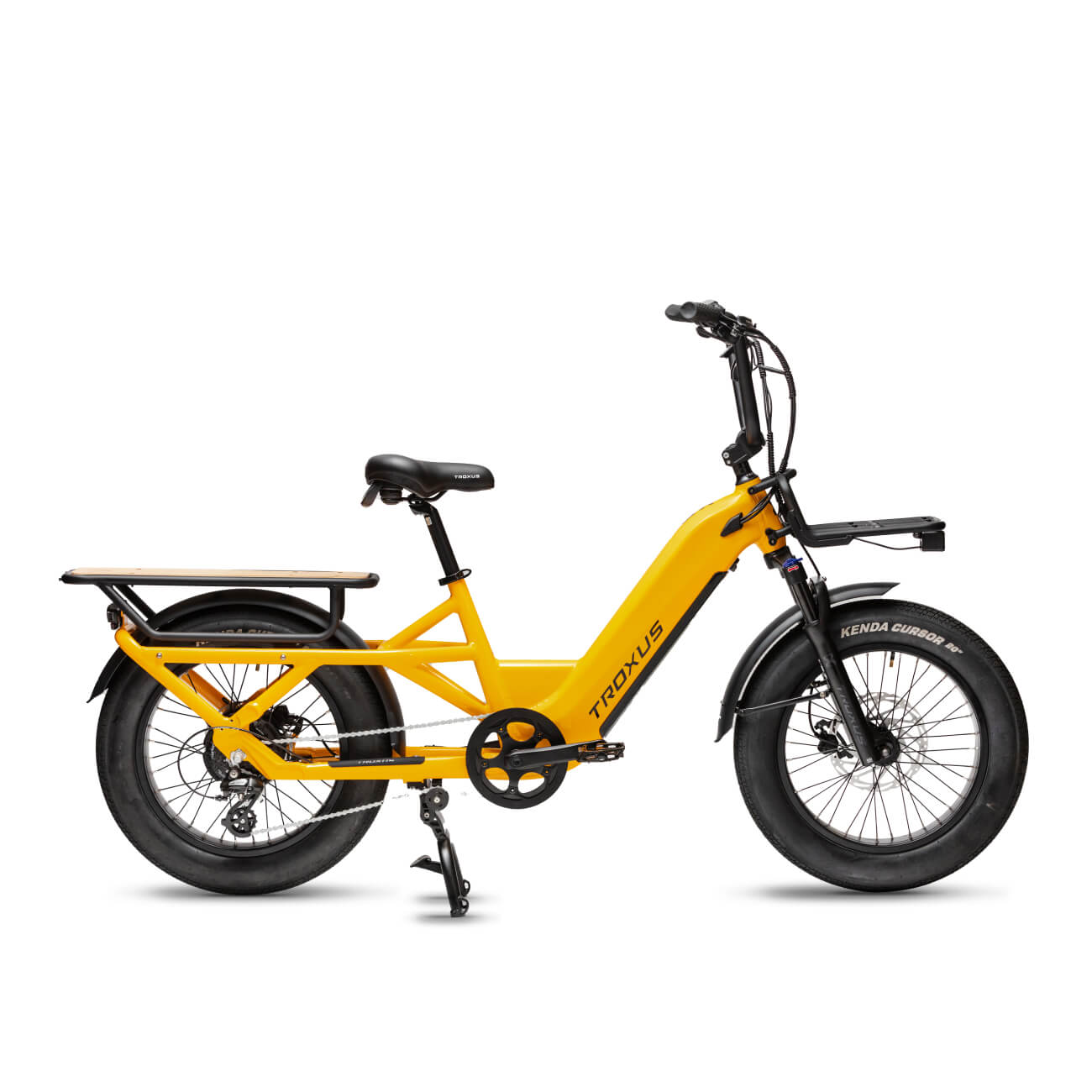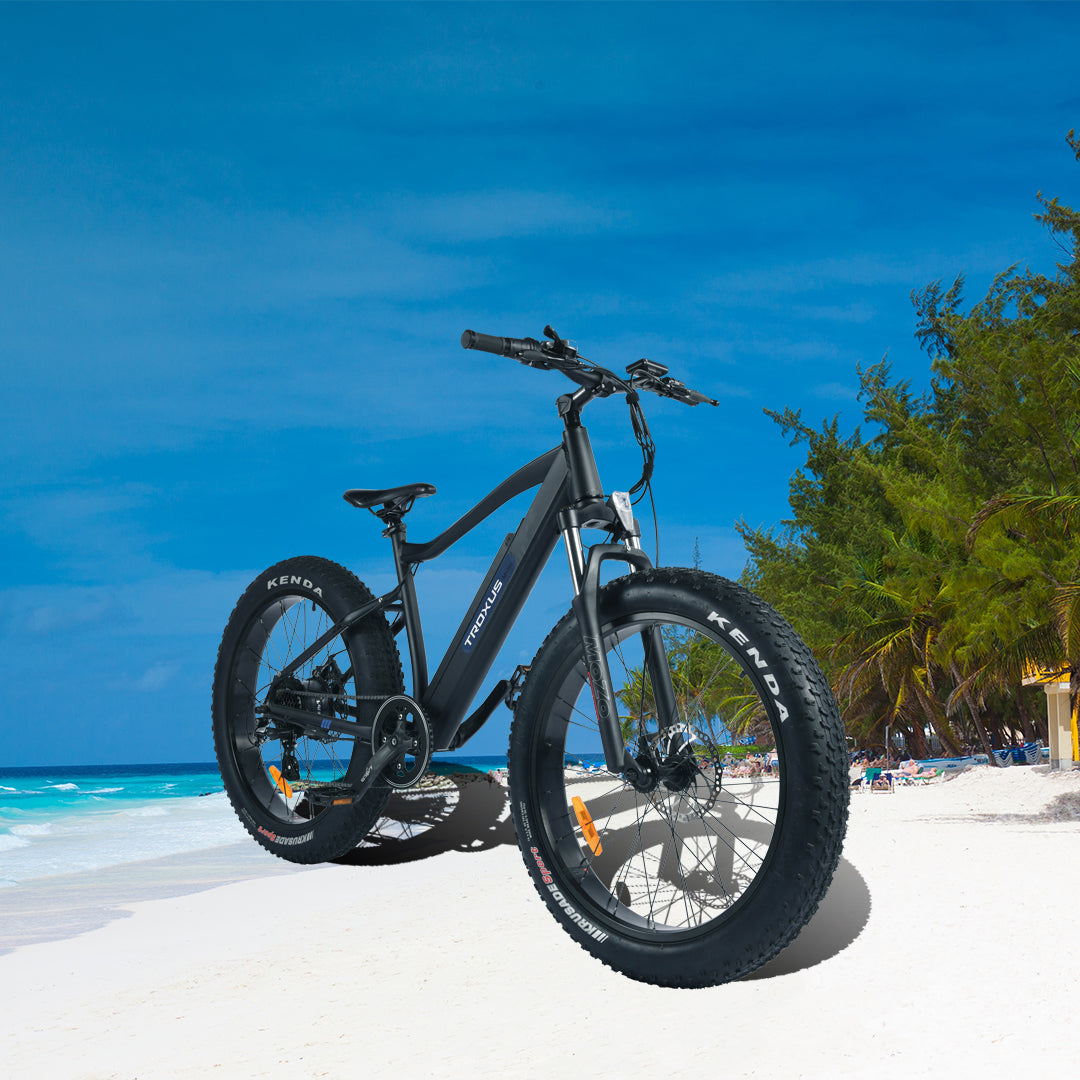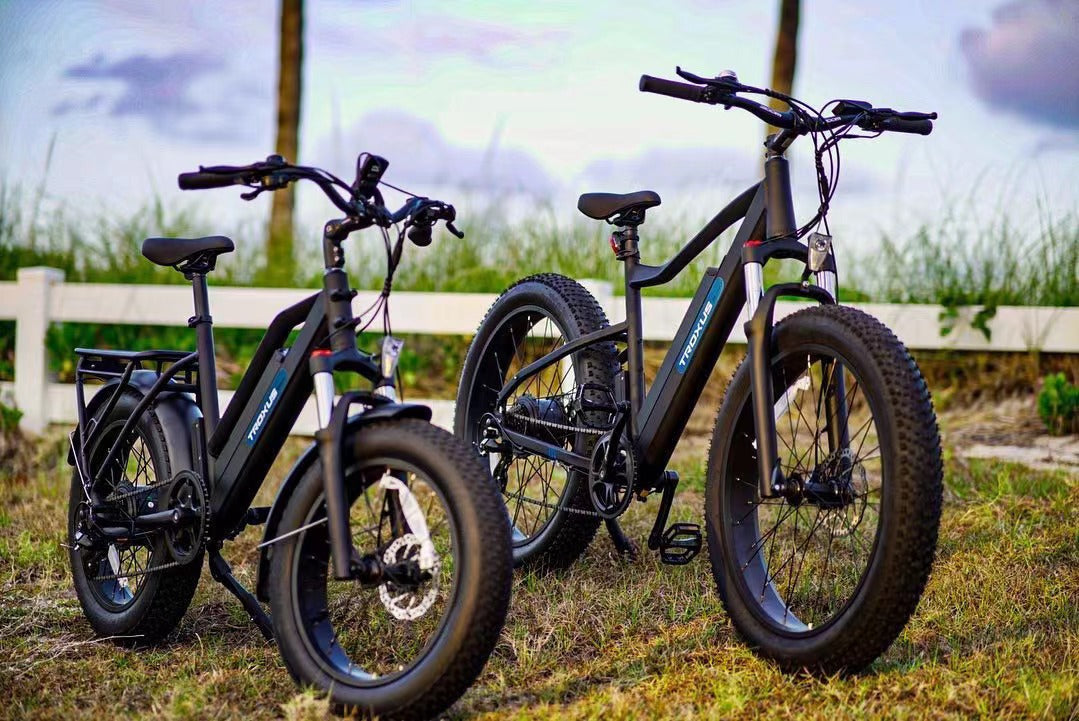Whether you're a novice or a seasoned veteran, nothing compares to the kind of ecstasy you get after a very long period on the bike. Completing a two-hour race is a huge feat and worthy of celebration by any passionate rider. However, like many cycling milestones, it can be a daunting task. However, it shouldn't be off-limits to beginners. Even if you're only "moderately" fit, there's no reason you can't do a longer ride if you've planned a reasonable route and are properly prepared. Here are some proven strategies that can help you feel more comfortable when you're out and about.
Make the most of your pedal power
You're ready for this, aren't you? We realize how hard it is to control your enthusiasm. If you want your legs to hold up, you can't just run at full speed from the start. Especially on long bike rides, you should concentrate on maintaining an effective gear that keeps you in a consistent cadence and effort commitment. The pedals should move smoothly underneath you and you should aim for a cadence of at least 90 RPM. At this speed, your aerobic and muscular systems will not overwork and you will be able to maintain a consistent total effort. It may take some patience at first, but you will thank yourself as you travel.

Fuel thoroughly and often
If you want to feel strong all the time, it's important to consider nutrition and hydration before you start a long bike ride. Your fluid levels will be affected by calories and exercise intensity, but you should try to drink a bottle every hour. You can add anything to your water if you wish, but what your body needs is H2O to continue the long-term effort. You should also eat frequently during the ride, about one or two meals every 20 minutes or so.
Make your pre-ride meal high in carbohydrates and easy to digest.
Speaking of fuel, a plate of bacon and eggs may be just what the doctor ordered for your post-ride recovery lunch, but you should limit your protein and fat intake before you head out. They both take longer to digest and can be taxing on your body. Replenish glycogen levels by eating plenty of healthy grains and fruit before your ride.
Partial control
The mental strain of long bike rides can be the most difficult aspect of the battle (more on this below), so it's useful to divide your ride into more manageable sections. Completing stages one at a time can help you stay focused and avoid getting overwhelmed. Develop a strategy for each stage and change your goals as needed. Everyone's legs fail them from time to time, and there's no shame in going back to the drawing board.
Focus on RPM and give yourself some wiggle room.
Mountains and wind can be allies or adversaries, but when they combine to attack you, it's vital to keep your cool. Remember, maintaining RPM is more important than speed. Don't be afraid to downshift as much as possible to keep the wheels turning. Remind yourself that the wind will soon come to your rescue.
A few simple actions may help you avoid pain.
On long rides, you will realize that the last thing you care about is your legs. If you don't pay attention to moving the rest of your body, you may have all sorts of pain. Periodically change your hand position, shrug or roll your shoulders to relax your shoulders and neck, and stretch your legs by standing and pedaling down until they are straight. Hold for a few seconds before switching legs.
Hope for the best and plan for the worst.
Thinking positively may help a lot, but the longer the ride, the greater the likelihood of an accident. Most are easy to handle if you are prepared. You should bring tools to repair at least two flat tires, a gadget, your cell phone, ID, and some cash needed for a long ride. Remember, it's better to have it and not need it than to not have it and not need it.
Start with shorter distances
It's a simple logic, but many cyclists ignore this and start with long rides instead. They embark on a long trip for which they are unprepared and suffer tremendously as a result.
Even though you feel like you are in excellent physical condition throughout the ride, remember that cycling can be stressful if you are on a long trip. If you plan to bike 100 miles, start 20-30 miles from home or near a city.
You should steadily increase the distance and duration of your ride until you are able to complete a 100-year ride. Before the ride, try 50% or 75% of the planned distance a few times. If you agree, you may be ready for a long ride
Using the 20-40 second technique
Pedaling like a pro isn't easy. However, there are several ways to use it. Take Laura Trotter's 20-40 practice as an example.
If you want to improve your speed and endurance, consider the 20-40 second method. Sprint for 20 seconds, rest for 40 seconds, then repeat for four sets. You can repeat this exercise as often as you like, and it will undoubtedly improve your fitness and speed.
Ride the right gear
Finding the right gear for each occasion is the key to riding an e-bike efficiently. If you ride your bike in a low gear, your legs will work too hard, your pace will be too fast, and you will tire quickly. If you ride in a gear that is too high for you, then your efforts will be so painful that you will crash.
In general, as mentioned earlier in this article, you should be able to maintain a 90 RPM cadence effortlessly. Remember, lower gears are for climbing and you should shift into the proper gear before climbing.
This will allow you to ascend slowly but gradually while maintaining a respectable average speed. Mid-range gears are ideal for flat terrain or small inclines. Advanced gears are used for descending or accelerating.
Make sure your ebike is in good working order before a big ride.
Before starting a long ride, a short mechanical check of your bike may save you a lot of trouble. First, check that the wheels are well connected, then turn them to see if they turn freely and have not touched the brake pads; finally, check the tires.
They should have adequate air pressure, and most tires have the necessary range stamped on the sidewall. 80 to 130 psi (pounds per square inch) is the ideal pressure for most road tires. Always check the tire sidewalls and tread for any cuts or nicks.
You can also perform a short brake test by turning each wheel individually and applying the brakes. If necessary, lubricate the chain before driving long distances, as this can make a huge difference. Always use the proper lubricant in weather and driving conditions and you should be fine.
Don't ignore the potential of the mind.
Cycling is as much a mental challenge as it is a physical one. You bring everything that happens in your mind and body to road cycling, which can often lead to frustration or failure. Before you leave, make sure you're focused on generating positive energy. Get into your surroundings, praise yourself for doing something healthy, and push yourself to the next rest stop. You can eliminate those negative thoughts!
Use aerodynamics
Bike aerodynamics is something that the pros are constantly working on and improving. For recreational riders, it's not a big deal, but why not try some of these strategies on your next long ride?
It will be beneficial if you always try to maintain optimal aerodynamic form, which is especially important for your fast descents. Keep your elbows, arms and head tucked in to make them as compact as possible while riding. Never lose sight of safety. If you must ride your bike on bad roads, balance aerodynamics with a safe position.
Bike Assembly
Bike setup is not important for short trips, but can be critical for long rides. Getting the right bike size is the most basic thing, but some riders overlook it. If you don't understand, go to your local bike store and ask for your frame size.
Saddle height is another underrated variable that can be a complete game changer. If the saddle is too high, the pelvis must be tilted laterally to maintain maximum force after a downward stroke, resulting in lumbar scoliosis.
Clothing and Equipment
You must feel comfortable and secure on long bike rides. A helmet is the most important item on your list, and you should choose a basic helmet from a reputable manufacturer that has adequate ventilation.
Shorts are the second most important item on your list. Bib shorts may look ridiculous, but with a built-in cushioning system, they are the most comfortable option for your big ride and your butt will thank you for it. Bike gloves are very important. After a few hours on the bike, you'll feel every lump in your hands.
Ride often
In my opinion, riding regularly is the best way to build endurance and fitness levels. As a result, you will be prepared for long trips; this is one of the best long distance bike rides ever suggested.
Riding 50 miles once every two weeks is worse than riding 5-10 miles every day of the week. Regular rides to college or work will also be more productive.
Your body will get better, maybe once a week or twice a month, and you can take long trips and gradually increase your mileage. When the weather is bad, you can train at home with a good, reliable bike roller.
There's no better advice than this: get out there and click

